- Permanent magnet
- Hybrid synchronous
- Variable reluctanc
- Lavet type
In machine builder world, there are endless possibilities into which these devices can be integrated. However, for stepper motors to function properly, they must be sized properly, according to the application.
SEE ALSO: Stepper Motor 101
Here at ControlDesign.com, our editors have spoken with many machine builder professionals who have integrated stepper motors into their applications successfully, and this month I want to point out some of these conversations.
New White Papers
Smarter SCADA Alarming
Get alarms under control.
Saving the World One Student at a Time
This guidebook for engineering and science educators unveils how educators have inspired their classrooms not just to learn, but also to dream.
Packaging Machinery Automation Playbook
A guide to using machine automation to reduce costs and improve efficiencies.
Special to the Web
More Angles on Worker Skills
Book Machine Publishes at Powell's in Portland
Making a Case for Electronic Circuit Protection Migration
Watch: Secretary Harris on STEM Education, Jobs
STEM Summer Camps
Higher Education Schools Want Women to Enter STEM Majors
Foreign-Born Grads: Heated Topic in STEM Debate
Hogan used security cameras as an example. He said that using smaller steps cuts down vibration and noise. He also related cost benefits to using stepper versus servos.
Executive Editor Jim Montague agreed with Hogan's findings on the cost benefits of stepper motors. In his article "Invasion of the Stepper Motors," Montague reported that stepper motors were being linked to software and components such as PLCs, allowing them to do jobs traditionally done by servo motors. He relayed the example of an automated gopher at the University of Minnesota's Bell Museum of Natural History, which wanted to bring the natural display to life. They had a budget of $800 set aside for this, and luckily for them Roger Klisch, who owns Machine System Integrators, was able to accomplish this.
Lastly, if you have five minutes to spare, watch the video "Encoder Feedback in Stepper Motor Systems." You will learn some of the benefits obtained by adding an encoder to your stepping motors.
An encoder can enhance performance with its ability to provide stall detection and stall prevention. Stall detection notifies the user, system or machine as soon as a motor stall occurs. This eliminates the uncertainty about whether or not the motor reached its target position. Stall prevention actually eliminates stalls by dynamically controlling the stator current and speed of the motor to maintain torque in all situations.
About the Author
Katherine Bonfante
Katherine Bonfante

Leaders relevant to this article:

